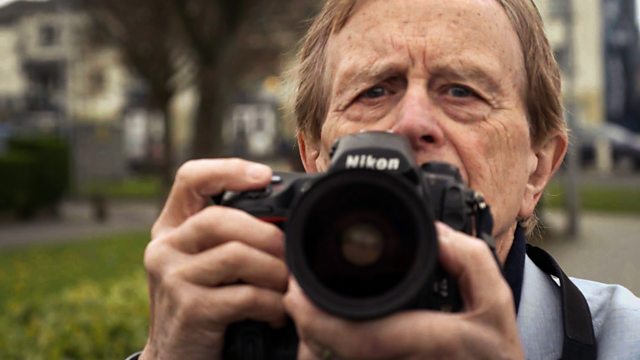Shooting the Darkness
The photographs that defined the Troubles and what it cost the men who captured them to become photojournalists in their own home towns.
Shooting the Darkness is a film about the men who unwittingly became photojournalists on the streets of their own towns. They did not leave home in search of war and adventure; the violence erupted around them. They expected a career of wedding photography and celebrity photocalls, and instead the images they produced during the worst years of the Troubles would come to define that conflict. The press photographer deals in single images that must distil story, character and context into a single frame. In the days before digital, a single click of the shutter at the right moment was all that mattered. What did it cost them to take those pictures? What was the value of those images as the conflict raged on for 25 years? Did they help Northern Ireland move beyond the cycle of violence, or did they just sell more newspapers?
Shooting the Darkness features men who did not choose to go to war; the war happened around them in the streets of their home towns. The stories they were covering did not feature the unknown natives of a foreign land but their own neighbours, colleagues and countrymen. The victims and the perpetrators were often one and the same and, as the chaos deepened, it was impossible to say who were the good guys and who were the bad.
The film focuses on a small number of photographers who witnessed the Troubles from their inception in 1968 until the signing of the Good Friday Agreement in 1998.
Last on
Clip
-
![]()
Being a photo journalist during the 60s and 70s
Duration: 02:58
Credits
| Role | Contributor |
|---|---|
| Director | Tom Burke |
| Editor | Tom Burke |
| Producer | Thomas Kelly |
Broadcasts
Featured in...
![]()
Tracing Our Past
Become part of the family and discover stories of our heritage and history.



